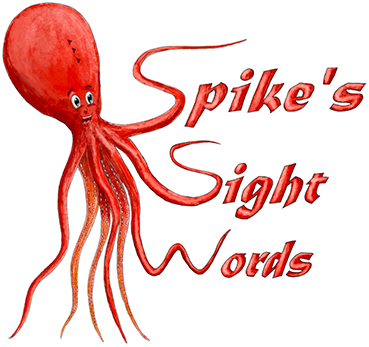
You’re probably familiar with alliteration as a literary device that has been used by authors and poets all over the world, but it’s also used in tongue twisters too. One of the most famous, “Peter Piper picked a piece of pickled pepper,” is commonly used by actors or public speakers before a performance to improve their pronunciation and articulation.
Types of Alliteration
Sibilance
Among the easiest to hear and recognize of the types is sibilance. This is where neighboring words make a hissing or whooshing sound as they repeat. Tongue twister “she sells seashells by the seashore” is a good example of alliteration using this technique.
Consonance
With consonance, the focus is on repeated consonant sounds found at any point in successive words, e.g., “jump through a hoop” or “front and center.” Alliteration is really considered to be a subcategory of consonance, as the repeated sound is usually at the beginning of a word. Consonance allows the repeated sound to be anywhere.
Assonance
Assonance, also known as vowel rhyme, is a type of repetition that’s usually found in the middle of a word. Vowels may not be exactly the same from word to word, but the sound they make will produce alliteration. “She fell asleep under the willow tree” is an example of assonance alliteration, as the “ee” sound is repeated in close succession with “asleep” and “tree.”
Fricative Alliteration
Like sibilance, fricative focuses on the sounds of particular letters to create a certain repeating noise. In this case, “v” and “f” sounds are used to give an airy, breathless sound. Fricatives are most commonly used in poetry and prose (Shakespeare was a big fan) to convey mysterious or light atmospheres: think “flowers slowly fading in the dewy spring fields.”
Plosive Alliteration
There are several plosive consonants in English (b, g, k, p), where air is completely blocked by mouth movements as you pronounce those letters. These letters make a small explosive sound as you say them, so they’re often used in alliteration for added emphasis and meaning. “Bella broke the breakfast bar perched on the tabletop” is an example of plosive.
Dental Alliteration
Dental is a technique where “d” and “t” sounds are repeated throughout a sentence or stanza of poetry. These sounds are made by using your tongue against your upper teeth (which is where the dental part of this comes from), like “Danny turned his table upside down.”
Vocalic Alliteration
Often used in vocal warm-ups for singers or speakers, vocalic is where the same vowel sounds are repeated at the beginning of a set of words. Where most alliteration is consonantal, where consonant sounds are repeated at the start of the word, vocalic repetition like “exceptional work was produced by every editor” uses both the same letter and vowel combination.
General Alliteration
General is the most commonly used and understood form of alliteration, which makes it a great place to start as a beginner writer. All you need to do is repeat the beginning sound or syllable in a series of words, such as “Sophie saw a sausage stand.”
Unvoiced Alliteration
The English language can be confusing, especially when it comes to words like “knife” or “gnome.” How they read is very different from how they sound. Words with silent letters can make alliteration tricky, so unvoiced may be the best option if you’re writing something that is never intended to be spoken. You can still use phrases like “Penny partied with a purple pterodactyl” to create alliteration on paper, but only the first part of the sentence will be alliterative when read out loud.
Guttural Alliteration
Words that emphasize “g” and “c” sounds are used to create guttural alliteration. These sounds are made from the back of your mouth, often giving them a deeper and harsher sound than something like a fricative consonant. “Grace ran after the cat that got away” is an example of guttural.
Liquid Alliteration
Liquid is a focus on words using repeated “l” and “r” sounds, like “the father played the rattle for the baby.” These sounds are made when the tongue blocks some of the air coming out of the mouth as the letters are spoken, giving them a more fluid and light nature than other letters.
Symmetrical Alliteration
Symmetrical alliteration is fun to play with as a writer, particularly in poetry. This is where a phrase begins and ends with the same sound in a mirrored format. For example, “the boys played patacake badly” uses the same “b” and “p” sounds in the phrase, but the first two uses are reversed for the second two uses.


